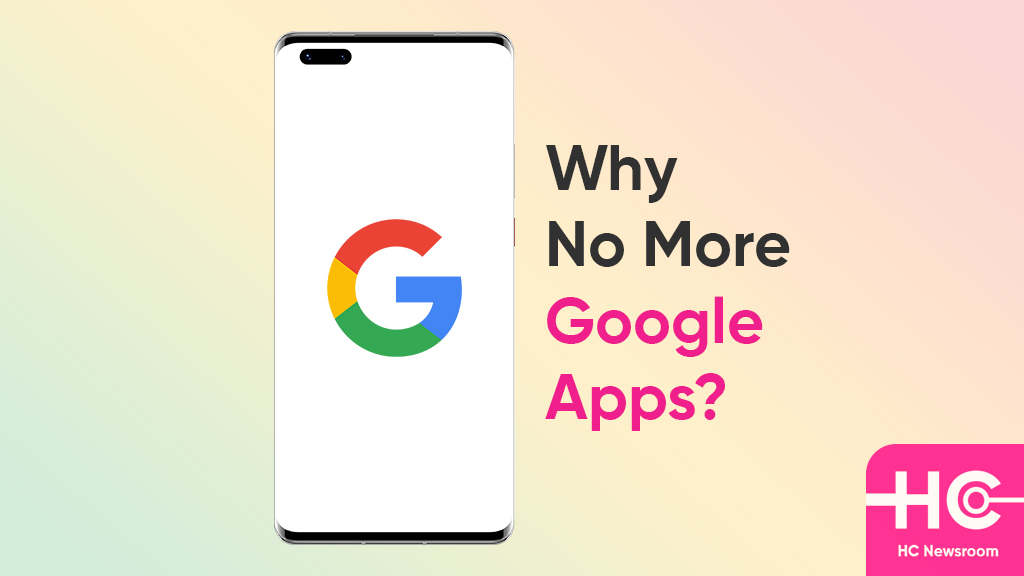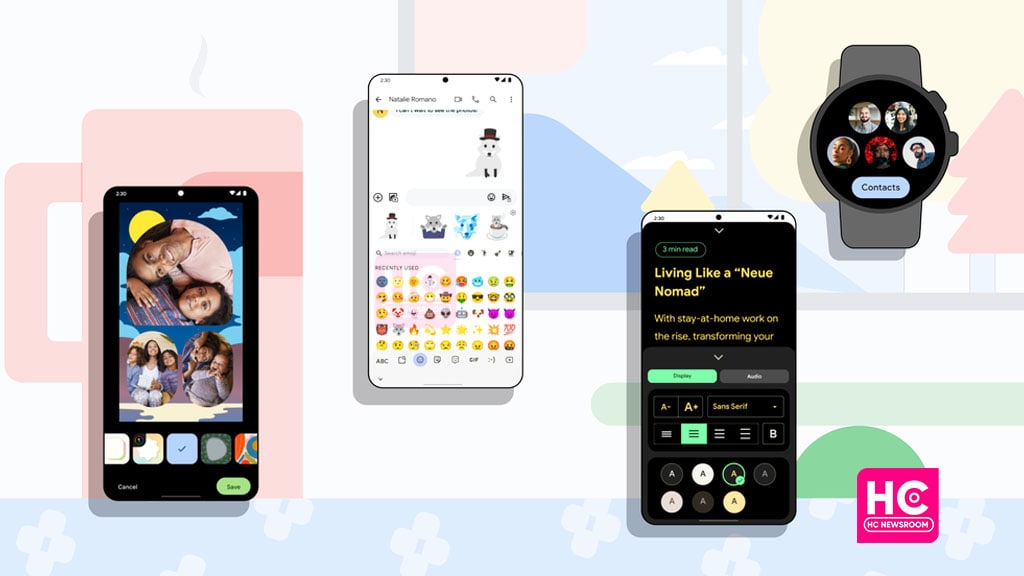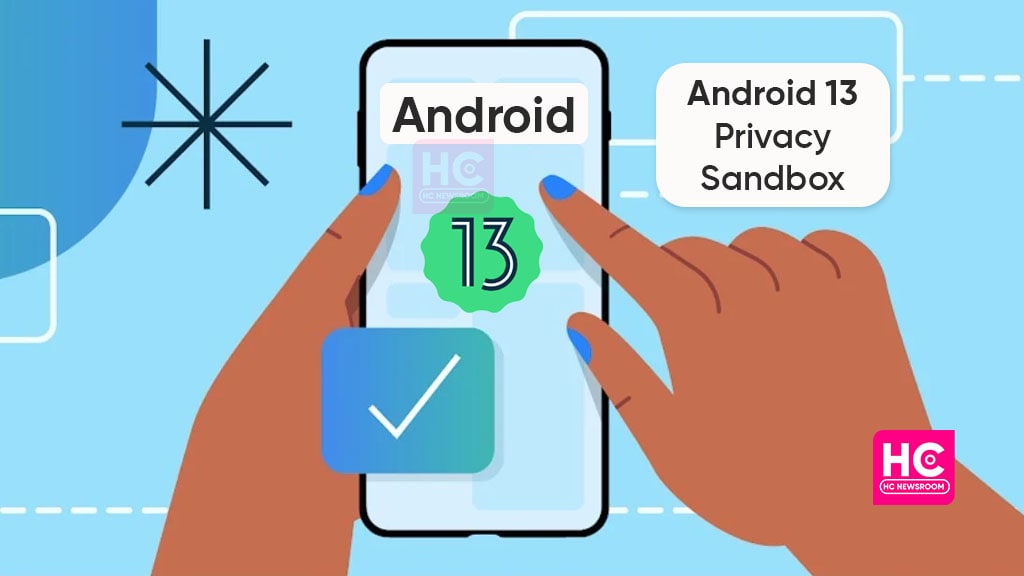Huawei rolling out a SuperHub feature patch
Youbo launches new OpenHarmony-based UB-RK3566 processor
OpenHarmony-based HiHopeOS gets China UnionPay digital service certificate
Open Source HarmonyOS OpenHarmony 3.2 Beta 4 rolling out
New KS8123 electronic payment device supports OpenHarmony operating system
Here are the top 5 Huawei Mate 50 features
Refurbished Huawei Mate 40 Pro 5G models open for sale on Vmall
Check the Huawei Nova 10 SE unboxing with 108MP camera
Huawei Enjoy 50z with 50MP triple camera will launch in December
Huawei Nova 10 SE will launch on December 2 in China
Huawei Nova 7i is the latest one to upgrade with November 2022 EMUI update
Huawei Watch GT 3 SE gets new watch faces with December 2022 update
Huawei Nova 5T finally gets November 2022 EMUI update
Huawei P40 Lite upgraded with EMUI 12.0.0.257
November 2022 update for Huawei Nova 9 SE expanding
December 2022 Google Play System update brings new changes to digital driver’s license
Google Play Store rules troubling Android users in US
Download Huawei Celia Keyboard [11.0.5.309]
Download Huawei HMS Core app (6.8.0.332)
Download Huawei Health app (13.0.1.300)
Huawei MatePad 11 gets new 8GB + 256GB storage version
Huawei MatePad SE tablets sold out in Indonesia
Huawei MateStation X 2022 specs leaked ahead of launch
New Huawei MateStation X 2022 all in one PC is coming
Huawei MateStation X 2022 to feature 12th gen Intel i9 processor
Huawei Watch GT 3 SE gets new watch faces with December 2022 update
Huawei Watch Children 5X will bring detachable dual face display
Huawei Watch Buds is ready, check these pics before it launches
Huawei gets fifth position in Q3 2022 global wearables market: Report
Huawei Watch Buds will launch on December 2
Published
on
By
Google apps come with a variety of services and can be found on any Android smartphone. Huawei was also in the same club but everything was changed since the events of May 2019 that lead us towards the removable of Google Mobile Services from phones launched after the above-mentioned timeline.
Time to dive into why you cannot access Google apps pre-built into new Huawei phones.
In May 2019, Huawei was included in the U.S. entity list, a special order from the U.S. commerce department. This order bans top Chinese entities including Huawei from purchasing or selling goods inside the U.S. territory. This results in the lack of access to required components to build new products such as new chipset as well as other important parts of the phone.
The follow-up event has brought in the entrance of Google, which announced to pull Google Mobile Services (GMS) certification eligibility from Huawei phones. Thereafter, new models and including Huawei Mate 30 series haven’t featured Google apps pre-installed coming out of the box.
Old Phones retained GMS:
The entire scenario has created big havoc among consumers, and many concerns generated among the consumers since then. One of them came from existing smartphone users such as P30 and Mate 20 series that were launched with GMS. However, Huawei and Google later clarified the situation that phones launched before May 2019 and packs with Google services will continue to work as usual and receive software updates on time. 
Google Mobile Services (GMS):
Google Mobile Services or GMS consist of proprietary applications and application programming interface services from Google that comes pre-installed on Android devices including smartphones, tablets, and other eligible smart devices.
HMS:
To fill the shoes left empty in the absence of GMS, Huawei introduced Huawei Mobile Services AKA HMS. This suite includes various new applications and empowered its own application distribution platform – AppGallery to increase the number of developers.
Since Google’s app ecosystem is so vast and powerful, Huawei is continuously improving the developer’s support so that they can develop robust apps and bring them to the AppGallery application store.
Conclusion:
So, here we are and now you could have a better understanding of why new Huawei phones don’t come with pre-installed Google applications in them.
Google Android 13 reportedly restricts sideloading of apps
Android 12L Features: New UI changes and more
Most of Deng Li’s smartphones are from the Huawei ecosystem and his first Huawei phone was Ascend Mate 2 (4G). As a tech enthusiast, he keeps exploring new technologies and inspects them closely. Apart from the technology world, he takes care of his garden.
Huawei is really giving up on Europe?
Huawei Nova 7i is the latest one to upgrade with November 2022 EMUI update
Here are the top 5 Huawei Mate 50 features
Published
on
By
Google is releasing a huge bundle of new Android features including advanced reading mode, innovative emojis, a useful pic editor, and many more. Eventually, these tweaks will offer effective and improved functioning to your device.
As per the inputs, the US tech giant is celebrating the holiday season. And to bring exclusive benefits to its users, the company has extended Android’s feature section with various goodies-like elements.
To begin with, Google has added a new reading mode to the Android features list. It counts as an accessibility feature and helps in reading and extracting text from web pages and other eligible applications.
Moreover, it provides customizing options for display, fonts, speed, and more. As a result, you can adjust the brightness, and font size, or can use the text-to-speech option (with speed control) to access the web pages more efficiently.
Being an accessibility feature, the reading mode is very useful for those with vision impairments, or low eyesight problems. You can check and install the latest reading mode app from HERE.
Google Photos – Pic Editor
Yes, the US manufacturer has added a new collage editor to the Photos application. Consequently, you can create ultimate collages and give a new look to your memories. Just pick a handful of images, select the design or templates, and arrange the snaps accordingly by the simple drag-and-drop method.
A cluster of new emojis!
To enhance the chat experience, Google has tossed several new emojis in the Gboard. Since it’s the holiday season, you will find some relatable emojis such as holiday flair, wolf stickers, snowflakes, and more.
YouTube Search Widget and Google TV features
Now you will find a new search widget on YouTube’s home screen. Ultimately, this will help you to have a quick search of your libraries, shorts, and other subscription content without puzzling between several tabs or sections.
Meanwhile, the company has made the functions of Google TV more convenient. Now you can directly cast the phone objects, and services on your Google TV as well as browse other apps with just one tap. To access the app, click HERE.
Digital Car Key
Now you can lock or turn on your car by just using your smartphone. The company has installed the digital car key feature in the Google Wallet in such a manner that within a few steps you can access your smart vehicle.
Furthermore, you can share your digital car key with your friend and family. This also allows you to keep an eye on who is accessing your car, using the Google Wallet app.
In addition to these features, Google is also performing some tick-tacks to its Wear OS. The latest information suggests that the company is making the Wear OS widgets and tiles more efficient to use. Alongside this, it is also upgrading some major apps.
So Android users, enjoy this holiday season with new and bashing features on your smart gadgets. 
|| Source ||
Published
on
By
Android 13 and its interesting features are a vast topic to discuss among users. And today we are up to tell how well the Android 13 operating system is working on the old Pixel devices.
To begin with, Google launched the stable Android 13 in August for its Pixel smartphones. Thereafter, the company began to roll out the latest operating system to other OEMs and their gadgets.
While the U.S. tech maker is still testing new features and pushing off the Android 13 QPR1 beta iterations to its flagship Pixel phones, some users are discussing how Android 13 works on the old Pixel series.
A Pixel 5 user come around the Reddit table and described how Android 13 has offered the best experience. So far, the user was having trouble while performing certain actions on the Pixel phone.
However, after upgrading to the latest Android 13, the device system and its performance is quite responsive and convenient. Alongside this, the user states that privacy and UI are the best segments that get better with every new update.
“Android 13 on my Pixel 5 has been absolutely the best experience I’ve had on a smartphone ever. It is fast, elegant, etc. I like had to fight my phone to get it to do what I want – which is the exact opposite of now that I have Android 13 on my Pixel 5.”
In addition, the user also draws attention to the camera quality. Eventually, the camera quality remains absolute even when not in frequent usage. In short, the users state that Android 13 is much better than previous builds, which often have issues with stability and the lens hood.
Android 13 is a favorite for many users!
In the meantime, many other users also agreed that Android 13 is doing well with their 2 or 3-year-old Pixel smartphones. Notably, the newly-released operating system provides a better experience in many aspects.
For instance, fingerprint sensors, face unlocking, eye-catching UI elements, smart and efficient widgets, Material You, themed icons, and whatnot. On the flip side, there is a huge list of revamped features and functions.
Android 13 QPR1 beta and its issues
Even after many positive points, Android 13 is surrounded by various negative comments. To be specific, the fresh QPR1 beta packs have proved vain and trouble for many Pixel device owners.
Up to this point, we come across a variety of issues that appeared in the Android 13 QPR1 beta iterations. While some users were stuck with the App Switcher bug, other users were busy dealing with the camera and screen defects.
Moreover, the very famed addition – Material You also caught some glitches when a user upgraded the device to the beta 3 rollout. Together, these issues made the users think twice before installing new firmware.
It’s not confirmed how many more beta iterations Google will release for its users. However, the issues with new builds and benefits of the old versions have made it clear that the previous stable Android 13 works well on both old and new Pixel devices.
Which firmware are you using, the stable one or the newly-released beta firmware? Let us know your experience with Android 13, in the comment section.
Published
on
By
Google is constantly adding new tweaks to its latest operating system. As per the official inputs, Google has spelled out a new term – Privacy Sandbox that it will soon implement on Android 13 devices.
The US tech maker recently shared a post on its official blog site. Accordingly, the company will initiate the Google Privacy Sandbox beta program for Android 13 smartphones in 2023 year.
To be specific, the Privacy Sandbox is an interesting as well as thoughtful step toward improved security. As the name reflects, it is a box full of new and advanced techs to build enhanced digital concepts.
Consequently, developers can build more simplified and coherent internet content. As a result, digital companies will get extra benefits and innovative creations with the Privacy Sandbox usage.
Moreover, it will lessen the cross-site connections and unnecessary app tracking so that users can enjoy online services without the stress of security threats and harmful malware. As a result, it will help both users and developers and will fulfill the security demands.
Google introduced the Privacy Sandbox in February this year. As of now, the company is confirming the beta release of the respective feature for Android 13 devices. The manufacturer will initiate the beta step in 2023.
Privacy Sandbox Beta – Details
In the beta phase, the developers can inspect and test the new privacy solution. Although, before enrolling in the beta iteration, developers need to provide the following details:
- Contact information
- Business information including the organization’s DUNS number
- Developer’s SDK(s) and URL(s) that need access to call the Privacy Sandbox on Android APIs
- Other inputs necessary for API or server configuration
You can learn more about the enrollment procedure HERE.
On the other hand, if you are an interested Android 13 device user and would like to participate in this beta activity, then you have to fill out a form HERE.
Before filling out the form, read the instructions carefully. Make sure that you have an Android 13 eligible device before proceeding with the beta activity. 
[Source]
Copyright © 2022 Huaweicentral.com